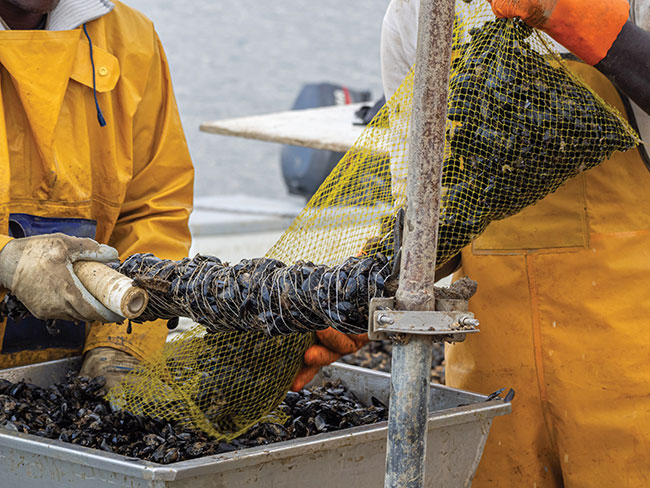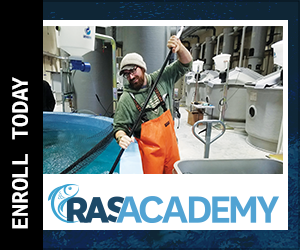| |
| |
 |
 |
| |
 |
|
@{mv_date_MMM d, yyyy}@ |
| |
|
| |
To our Hatchery International readers, we want to say thank you for staying with us and consuming the content we created in the year 2024. We hope to create even more hatchery content for you in the coming year. Happy holidays to you.
- Seyitan Moritiwon, Associate editor
|
|
| |
|
| |
 The Ontario government is investing over C$75 million (US$52 million) to update the province’s fish hatchery program to improve fishing.
» Read More...
The Ontario government is investing over C$75 million (US$52 million) to update the province’s fish hatchery program to improve fishing.
» Read More...
A new report from RaboResearch states that the global aquaculture industry should see improved production growth for certain species in 2025.
» Read More...
The Global Seafood Alliance (GSA) is hosting the 24th edition of the Responsible Seafood Summit in South America after seven years.
» Read More...
|
| |

|

|
| |
|
| |
 Eighteen miles of hiking in the mountains with 5,000 feet of elevation gain in one day – yes, please?
When I first learned about the arduous Snow Lakes trek taken by Leavenworth National Fish Hatchery staff, and that they do it every year, multiple times a season, I wanted to know more – not only for the physical challenge, but I was also curious about why they do it.
» Read More...
Eighteen miles of hiking in the mountains with 5,000 feet of elevation gain in one day – yes, please?
When I first learned about the arduous Snow Lakes trek taken by Leavenworth National Fish Hatchery staff, and that they do it every year, multiple times a season, I wanted to know more – not only for the physical challenge, but I was also curious about why they do it.
» Read More... |
| |
 Everything starts with seeds in shellfish aquaculture. Studies in Bangladesh, the Netherlands, Brazil and Denmark provide updates on shellfish seed production and recruitment and larval rearing. Since 2009, the Dutch mussel sector has been transitioning from wild seed fishery to suspended seed collectors.
» Read More...
Everything starts with seeds in shellfish aquaculture. Studies in Bangladesh, the Netherlands, Brazil and Denmark provide updates on shellfish seed production and recruitment and larval rearing. Since 2009, the Dutch mussel sector has been transitioning from wild seed fishery to suspended seed collectors.
» Read More... |
| |
| |
| Nutrition & Feed products |
|
|
| |
A recent study by LABOMAR (the Marine Sciences Institute in Brazil), Spring Genetics Tilapia in Miami, and Aker BioMarine Antarctic AS, has shown that the inclusion of krill meal in Nile tilapia diets resulted in positive effects on their reproductive performance and higher survival of larvae.
» Read More...
An all-plant diet for fish has been a decade-long aquaculture sustainability agenda. In the past decade, aquaculture has become more receptive to using plant-based ingredients as protein sources or supplements in diet formulations, and produce cost-effective feed.
» Read More...
|
| |
|
| |

|
| |
|
| |
|
|
| |
| |







